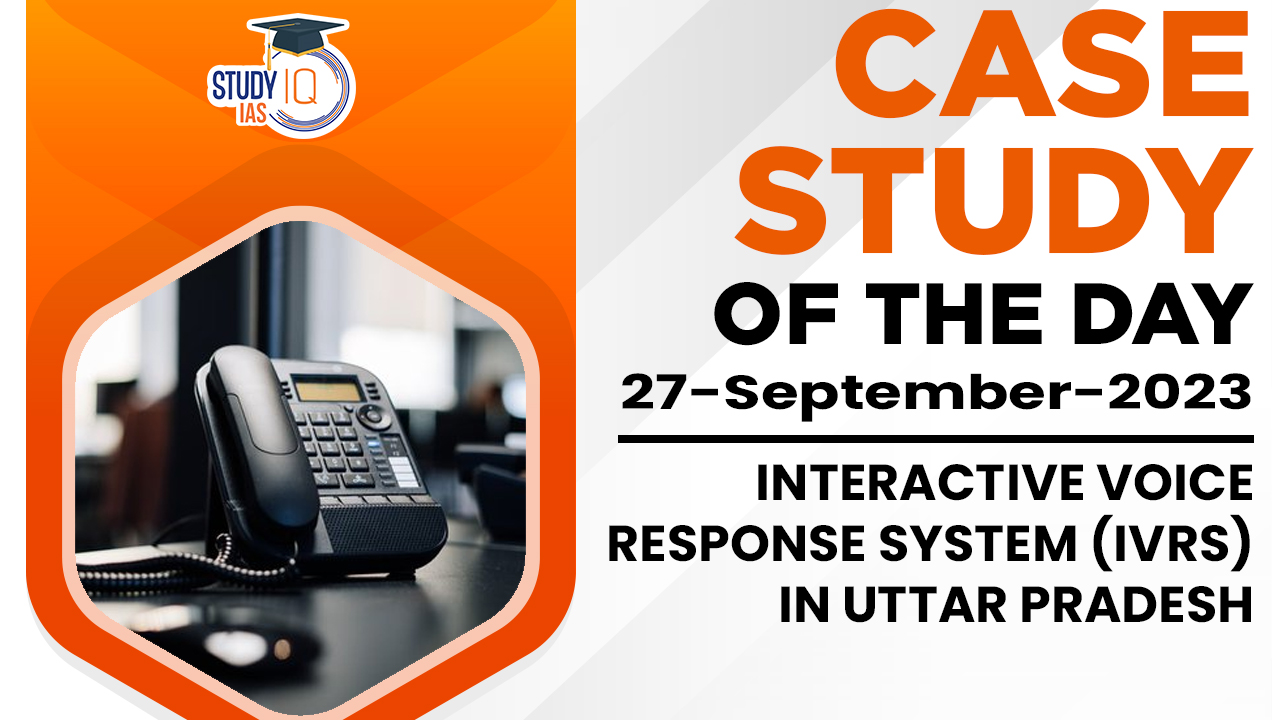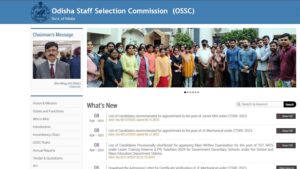Table of Contents
Uttar Pradesh is the most populous state in India, with over 200 million people. The state has a large rural population, and many people do not have access to the internet or smartphones. This makes it difficult for them to access government services and information.
Challenges
- Language barrier: Many people in Uttar Pradesh speak Hindi or other regional languages, but not English. This made it difficult for them to access government services that were only available in English.
- Lack of awareness: Many people in Uttar Pradesh were not aware of the government services that were available to them.
- Lack of access: Many people in Uttar Pradesh lived in remote areas and did not have access to government offices or the internet.
Solution
In 2014, the government of Uttar Pradesh launched an Interactive Voice Response System (IVRS) to address these challenges. The IVRS is a telephone-based system that allows people to access government services and information in their own language.
The IVRS provides a wide range of services, including:
- Information on government schemes and programs
- Status of applications for government services
- Bill payments
- Feedback and complaints
Impact
- The IVRS has made it easier for people to access services and information, and it has also helped to reduce the workload on government staff.
- A 2018 study by the World Bank found that the IVRS had reduced the time it took for people to access government services by an average of 25%. The study also found that the IVRS had increased the satisfaction of citizens with government services by 10%.
- Interactive Voice Response System (IVRS) is also being used in Uttar Pradesh for ensuring real-time monitoring of the Mid-Day Meal Scheme. Through an outbound dialling solution, calls are placed to teachers from a virtual number asking them how many students have received their Mid-Day Meal for that day.
Conclusion
The IVRS is a successful example of how technology can be used to improve the delivery of government services. It has made it easier for people in Uttar Pradesh to access the services they need, and it has also helped to reduce the workload on government staff.


 Daily Quiz 18 April 2025
Daily Quiz 18 April 2025
 OSSC CGL Syllabus 2025 and Exam Pattern ...
OSSC CGL Syllabus 2025 and Exam Pattern ...
 AI and its Regulation in India, Limitati...
AI and its Regulation in India, Limitati...





















